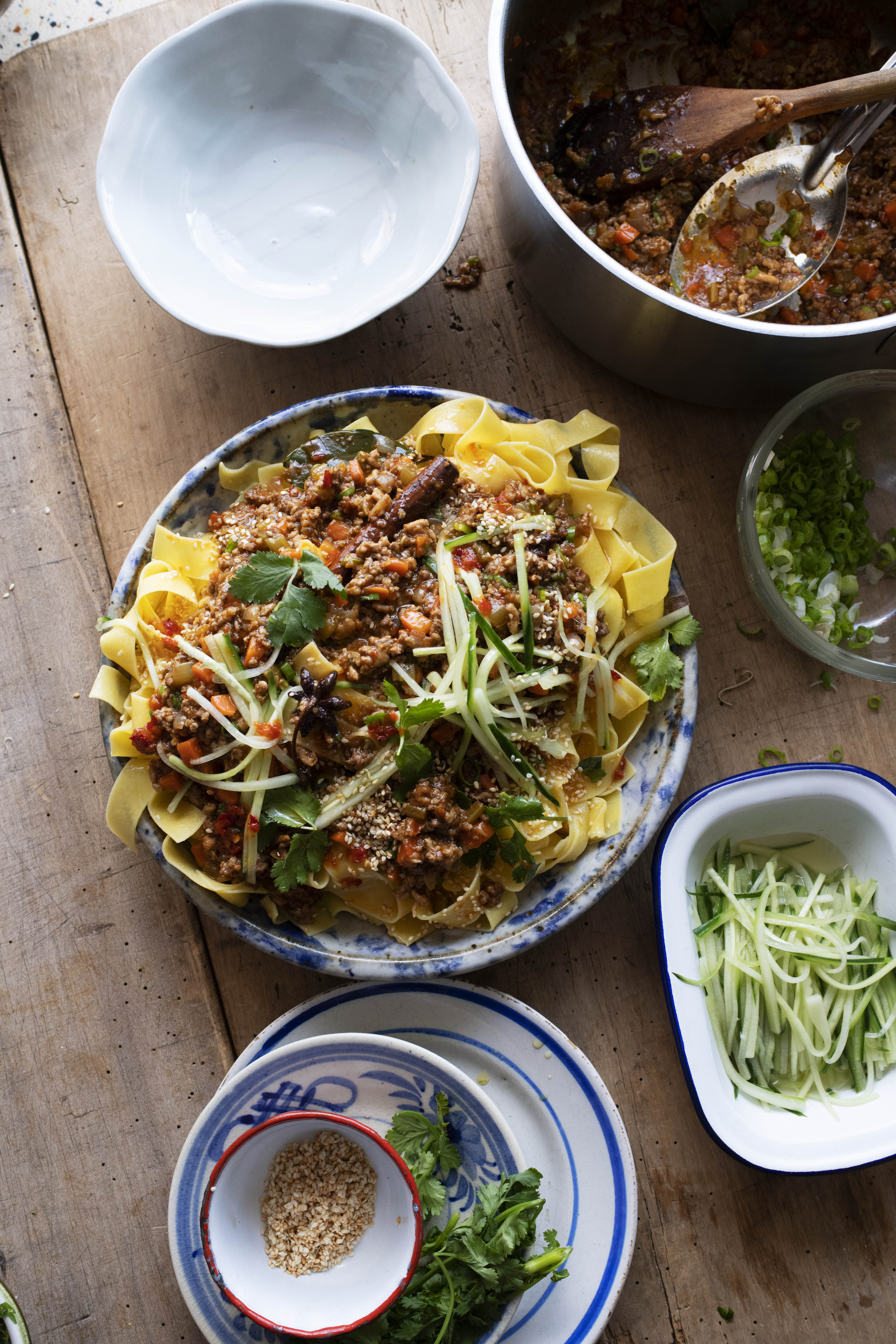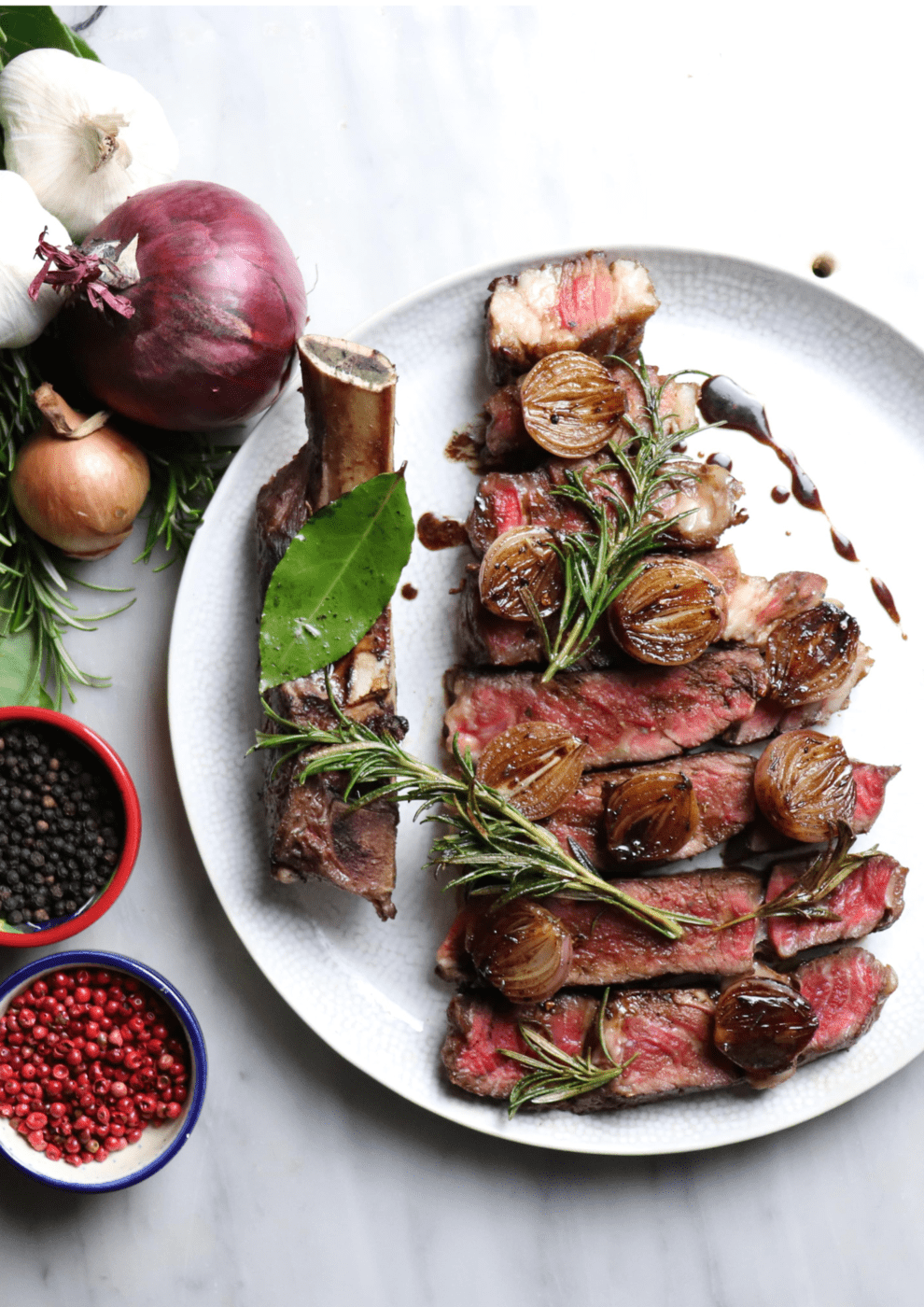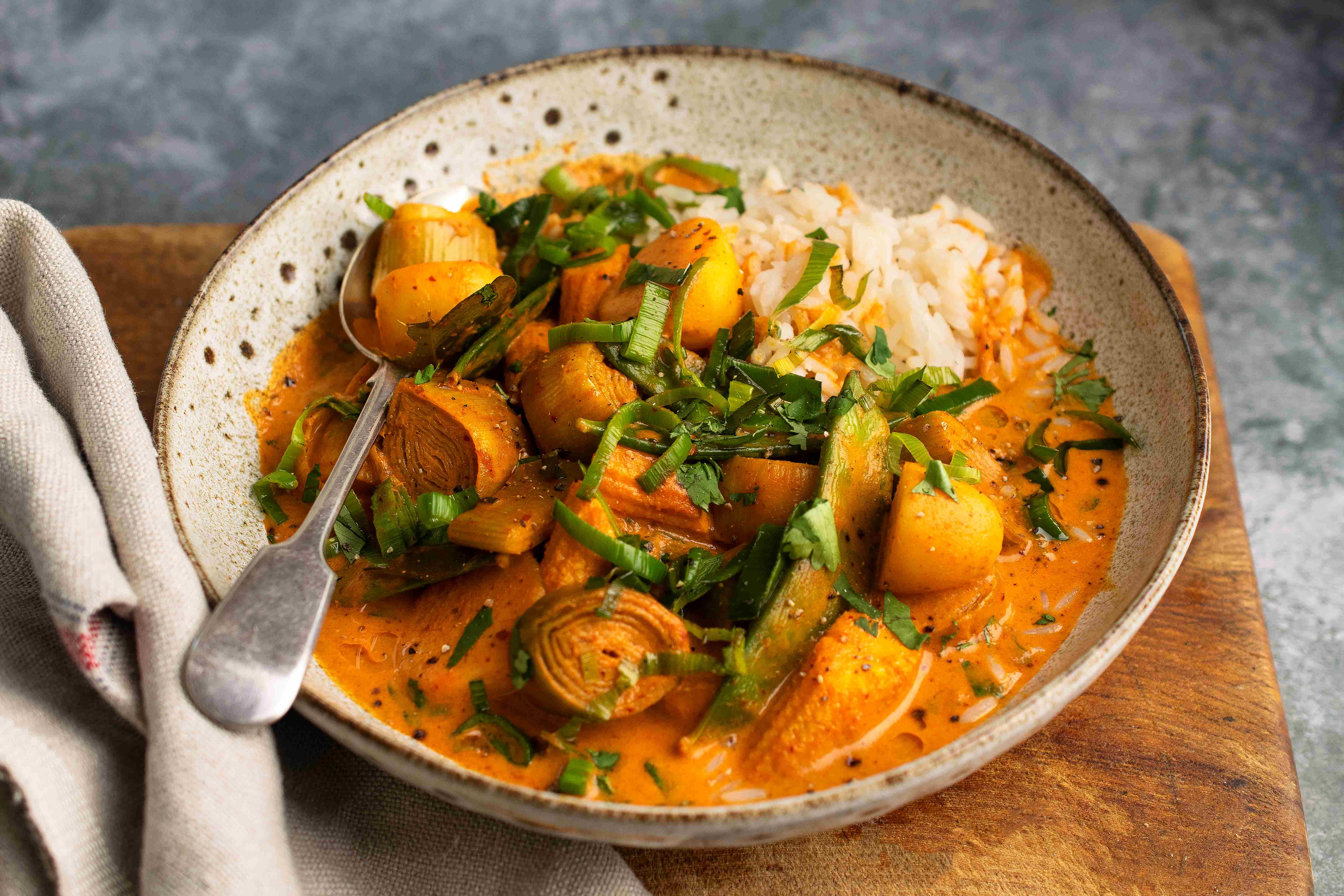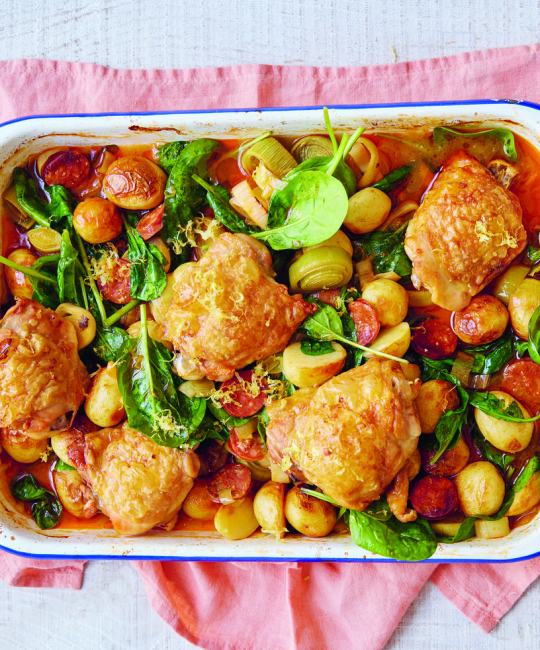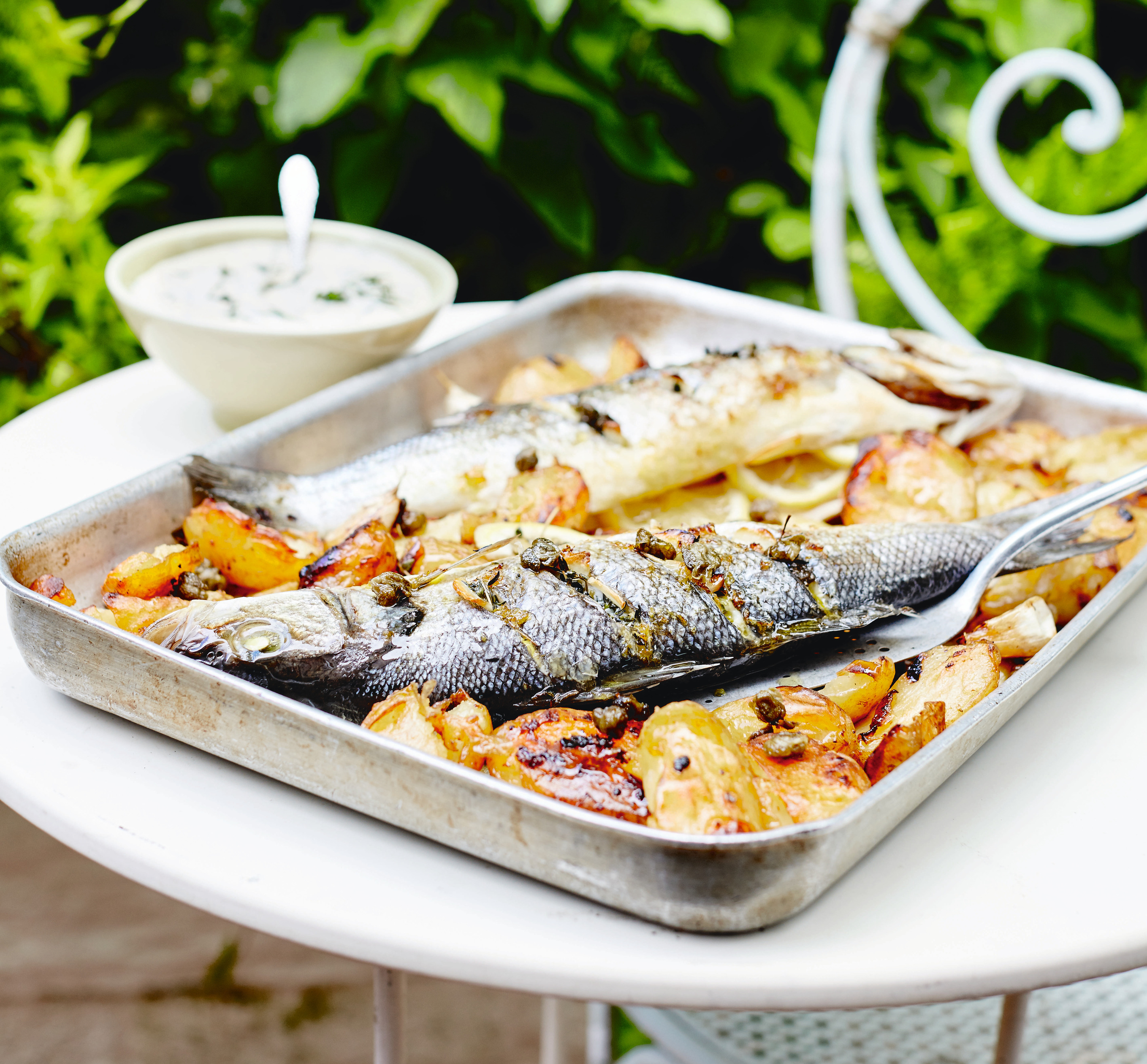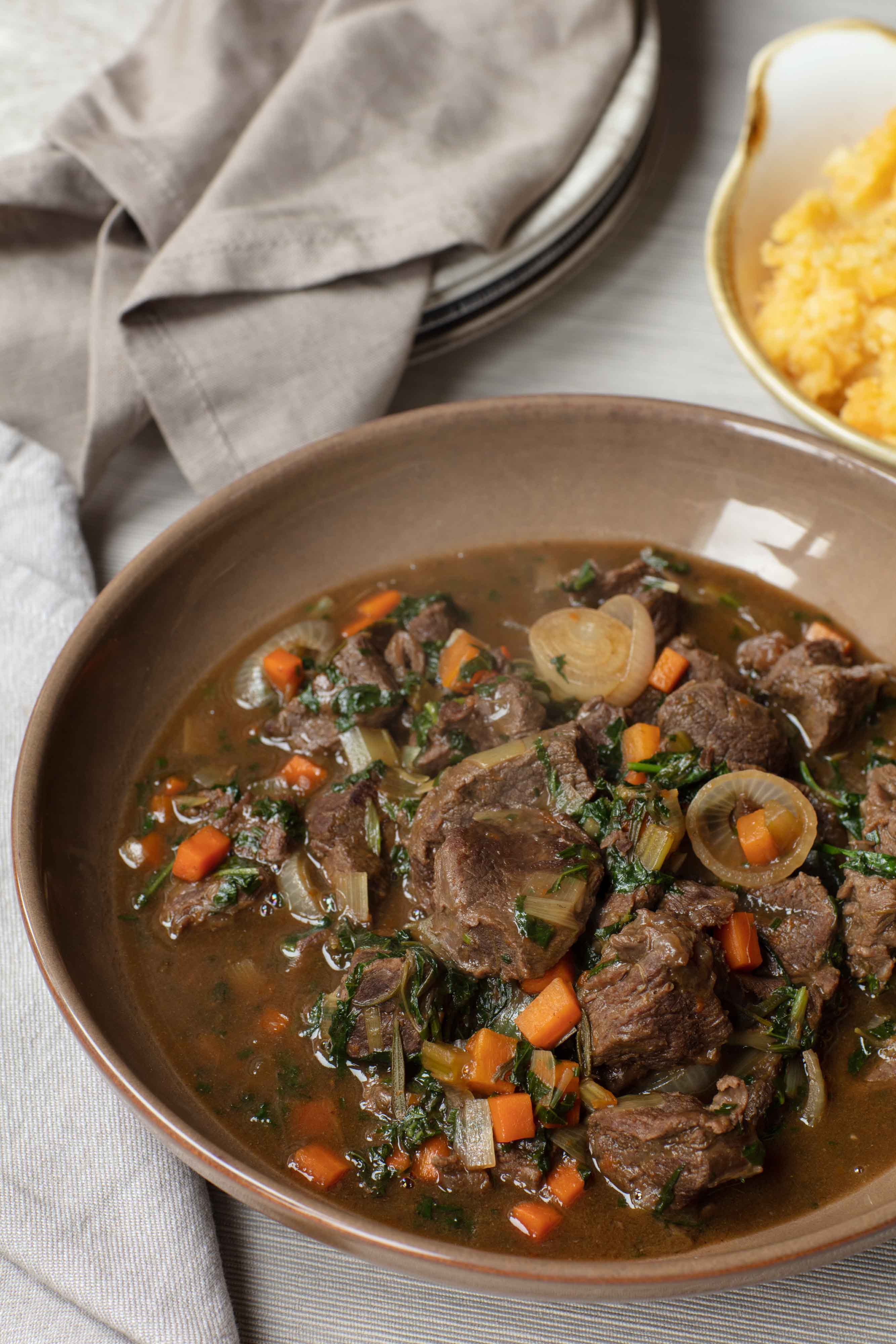Genevieve Taylor’s Showstopping Barbecue Porchetta
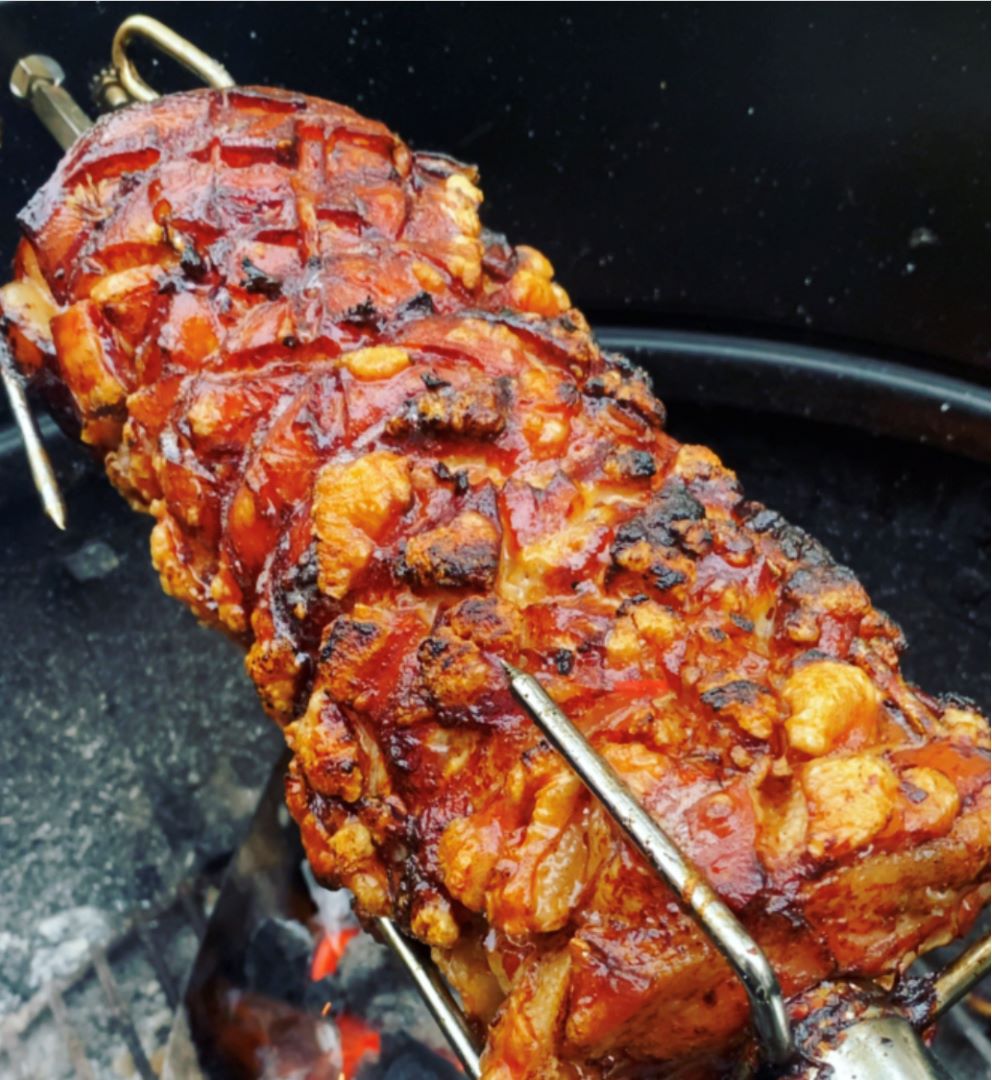
This barbecued porchetta recipe is suitable for real grilling enthusiasts, who are ready to try their hand at slow grilling a large cut of meat. Porchetta is a boneless, fatty pork joint that has been stuffed with herbs and other seasonings and then rolled up. Fire cooking expert Genevieve Taylor knows exactly the techniques to use to cook it to perfection, from 'indirect' cooking to dry brining the pork rind for extra crispy crackling!
10 minutes, plus 24 hours for dry brining pork prep, 4 hours cook
Serves 6-8
Ingredients
3 tbsp fennel seeds
1-2 tsp chilli flakes (optional, to taste)
1 tbsp salt
4 cloves garlic, roughly chopped
2 lemons, zest of both and juice of 1
4 tbsp chopped mixed fresh herbs - oregano, rosemary, thyme, sage are all good
2 tbsp olive oil
Freshly ground black pepper
1.8-2 kg boned pork belly (rind scored)
500g pork tenderloin, trimmed of silverskin
Method
Tip the fennel and chilli flakes, if using, into a small dry frying pan and set over a medium heat on the hob to toast for a couple of minutes. Pour into a pestle and mortar and roughly grind. Add the salt, garlic, lemon zest and juice, herbs, olive oil and a generous grind of black pepper. Pound together to make a paste.
Lay out the pork belly, scored skin side down, and lay the trimmed tenderloin down the centre, making it fit as best you can. Scoop the herb and spice mixture on top and rub all over both cuts of pork. Roll the belly up and around the tenderloin, completely enclosing it. Use string to tie it up tight at 2cm intervals all down the length. Rest on a rack hung over a tray and slide into the fridge, uncovered, for 24 hours. This will give the rind time to dry out to ensure the best crackling, and for the meat to dry brine.
When you are ready to cook, fire up your barbecue ready for indirect and direct grilling. I like to light two small fires for this recipe, one either side of the barbecue, and cook the pork fairly indirectly in between them.
If you are using a rotisserie, insert the spike through the centre of the pork, add the clamps and tighten. Slide into the motor and set the pork turning. If you are going direct on the grill bars, place it between the two fires. Shut the lid and cook fairly slowly with an indirect heat until an internal temperature of around 80 °C is reached. This should take around 3 ½ hours or so depending on the heat from the fire. You will no doubt need to top up the fuel a little from time to time - aiming for an air temperature of around 150-160°C.
Once you’ve hit you target internal temperature, you need to get the fire hotter to get that skin a crackling. Open up the air vents to increase combustion and add a little fuel if necessary. The best crackling comes from a high (250-300°C) but fairly indirect heat. Think of your oven indoors, this is what you are aiming for. The crackling may take another 30 minutes or so, by which time your meat should have reached 90-93°C - this is the ideal temperature for succulent pork that’s on the verge of being ‘pullable’. With good quality fatty pork you don’t need to worry about it drying out as you are cooking it slowly.
Carve into thick slices - traditionally this would be stuffed unadorned into squishy buns, but it makes a pretty epic roast with all the trimmings if that’s what you fancy.
More recipes to try
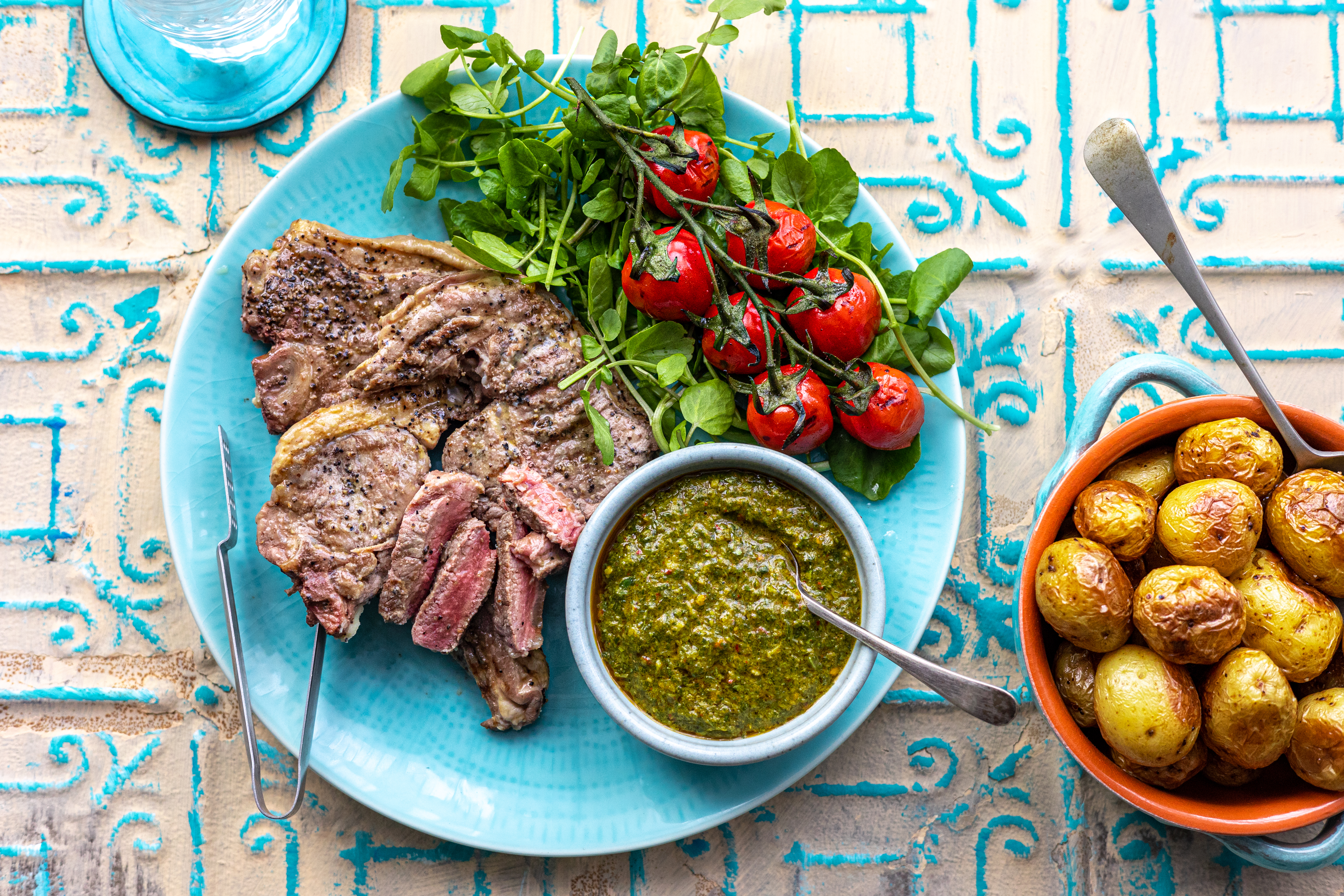
15 minutes
Serves 2
Great British Food Awards
Tasting videos

Three irresistible ways to cook with Isle of Wight tomatoes
Three simple dishes made even tastier by the inclusion of award-winning Isle of Wight tomatoes.

The best free from foods (that actually taste amazing)
From brownies to bara brith, we share some of our favourite free from foods that don't compromise on flavour.
